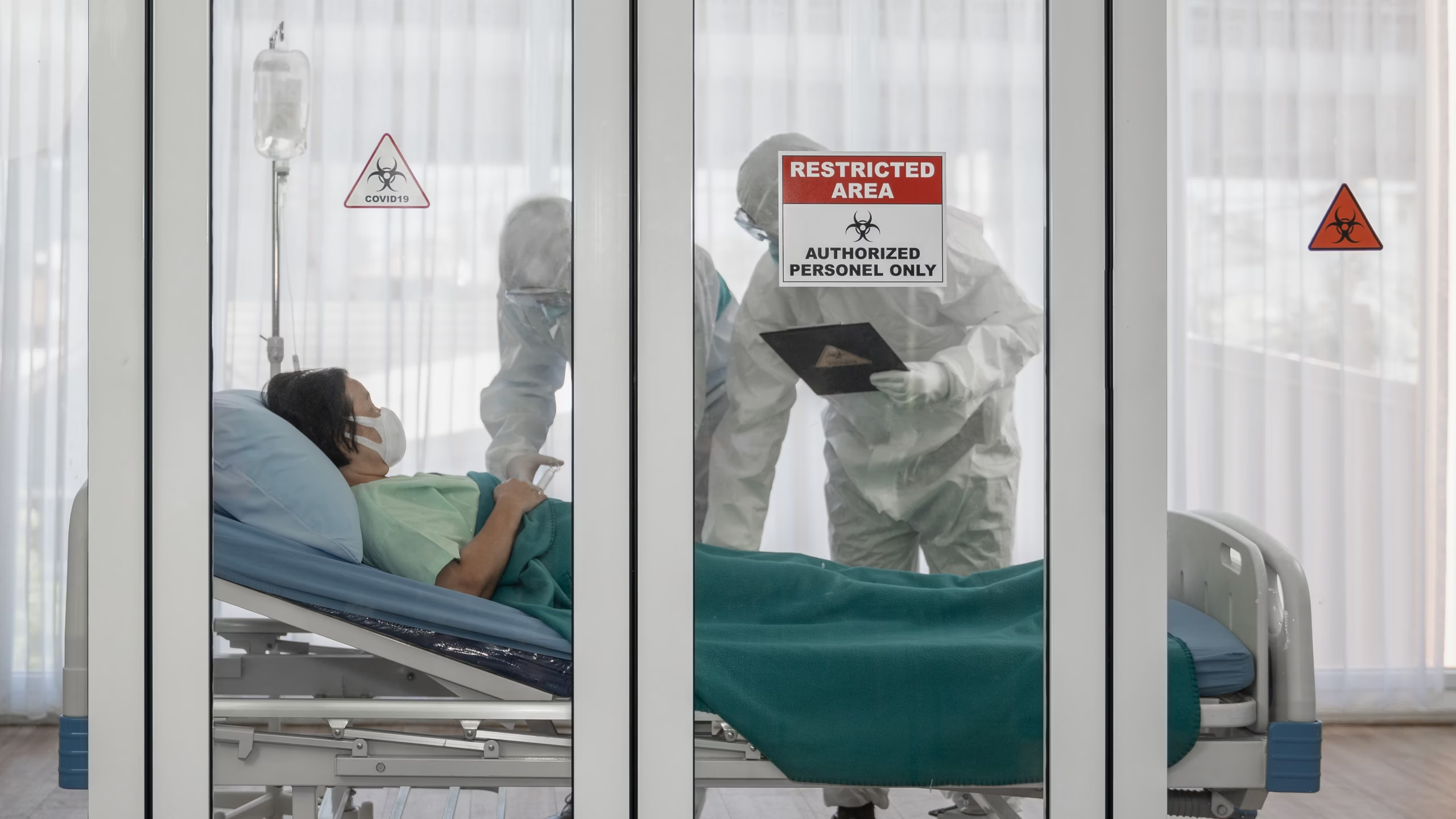Personal Protective Equipment (PPE) is vital for maintaining a sterile surgical environment and minimizing infection risks. Proper usage of sterile gowns, gloves, masks, and other protective equipment safeguards both healthcare professionals and patients. However, failure to adhere to PPE protocols can result in severe consequences, including surgical site infections (SSIs).
Case Study: The Dangers of Improper PPE Use
A recent case underscores the risks associated with inadequate PPE compliance. A hospital reported multiple patient infections linked to a single surgeon who neglected proper protocols. Investigations revealed key lapses:
- Improperly worn sterile gowns, exposing non-sterile areas.
- Inadequate hand hygiene before donning gloves.
- Reuse of contaminated face masks, heightening airborne infection risks.
- Poorly fitted gloves leading to micro-tears and contamination.
Importance of Full-Body Protection in Surgery
Ensuring complete coverage with PPE is crucial for infection prevention. Key Elements include:
- Surgical Gowns– Designed as a barrier against bloodborne pathogens and bodily fluids, improper use increases exposure risk.
- Sterile Gloves– Essential for preventing cross-contamination. Compromised gloves, whether due to poor quality or improper use, threaten sterility.
- Comprehensive Coverage– A properly fitted surgical gown should cover the arms, torso, and legs to eliminate exposure risks.
- Head and Foot Protection– Surgical caps and shoe covers prevent contamination from hair and footwear, minimizing airborne and surface-related infections.
Advantages of Disposable Sterile Gowns
Disposable surgical gowns provide numerous benefits, making them a preferred choice for infection control:
- Single-Use Design – Eliminates cross-contamination risks from reusable gowns.
- Guaranteed Sterility – Manufactured under strict quality controls, ensuring each procedure begins with sterile attire.
- Fluid & Blood Repellency – Advanced materials provide superior protection against liquid penetration.
- Enhanced Comfort – Lightweight, breathable designs improve ease of wear during lengthy surgeries.
- Cost-Effective in Infection Prevention – Reduces hospital-acquired infections (HAIs), lowering long-term medical costs.
Ensuring PPE Meets Safety Standards
When selecting surgical gowns, verify that they meet industry standards for infection prevention:
- ASTM 1671 Compliance – Demonstrates effective resistance against bloodborne pathogens. Avoid relying solely on ASTM 1670, a screening test.
- EN 14126 Certification – Ensures high resistance against infectious agents, with ISO 16604 (Class 6) providing maximum protection at 20 Kpa pressure.
- Additional Testing – EN 14126 also includes resistance evaluations for aerosol mist and contaminated dry particles, further ensuring safety.
Patient Impact of Improper PPE Use
Failure to follow PPE protocols can lead to serious patient complications, including:
- Prolonged hospital stays.
- Increased antibiotic treatments.
- Additional surgical interventions for severe infections.
- Higher medical costs and potential legal ramifications for hospitals.
Root Causes of PPE Non-Compliance
Several factors contribute to improper PPE usage:
- Lack of Training – Insufficient refresher courses lead to poor adherence.
- Complacency – Experienced professionals may develop unsafe habits.
- PPE Shortages – Supply chain disruptions force reuse against guidelines.
- Time Constraints – Surgeons rushing procedures may overlook proper PPE protocols.
Consequences of Negligence
- Increased Morbidity – SSIs, pneumonia, and sepsis result in prolonged patient recovery.
- Higher Healthcare Costs – SSIs cost the U.S. healthcare system approximately $3.5 billion annually.
- Legal & Ethical Repercussions – Hospitals and surgeons face lawsuits and reputational damage.
Case Studies and Industry Reports
- CDC Report (2022): Nearly 15% of post-surgical infections stemmed from improper PPE use.
- Hospital Outbreak (2023): MRSA infections in a U.S. hospital traced to improper PPE protocols.
- WHO Findings: SSIs affect 2-5% of surgical patients, with a significant percentage linked to poor hand hygiene and PPE misuse.
- Asia-Pacific Data: A study from the Indian Journal of Surgery (2022) attributed 21% of SSIs to inadequate PPE compliance, while an APSIC report found 18% of infections linked to improper mask use.
Preventative Measures
Hospitals can mitigate infection risks by enforcing strict PPE protocols:
- Routine Training & Audits – Implement ongoing PPE education and surprise compliance checks.
- Strict Policy Enforcement – Establish disciplinary actions for repeated violations.
- Adoption of Disposable Sterile Gowns – Enhance infection control with single-use garments.
- Hospital-Wide Infection Control Programs – Strengthen policies with high-quality PPE implementation.
Conclusion
Proper PPE usage is non-negotiable in surgical settings. Disposable sterile gowns significantly enhance infection control by ensuring sterility, preventing cross-contamination, and offering superior protection against pathogens. Healthcare institutions must prioritize PPE compliance to safeguard patient health and maintain surgical safety standards.
For more information, visit the link below.
https://pmc.ncbi.nlm.nih.gov/articles/PMC9123357/
https://www.springer.com/journal/12262
Surgical Site Infection Basics | SSIs | CDC

